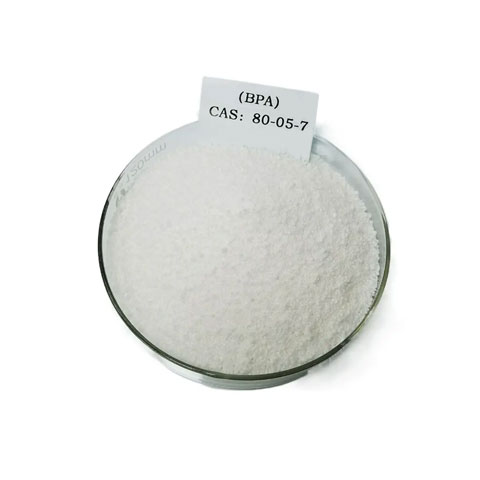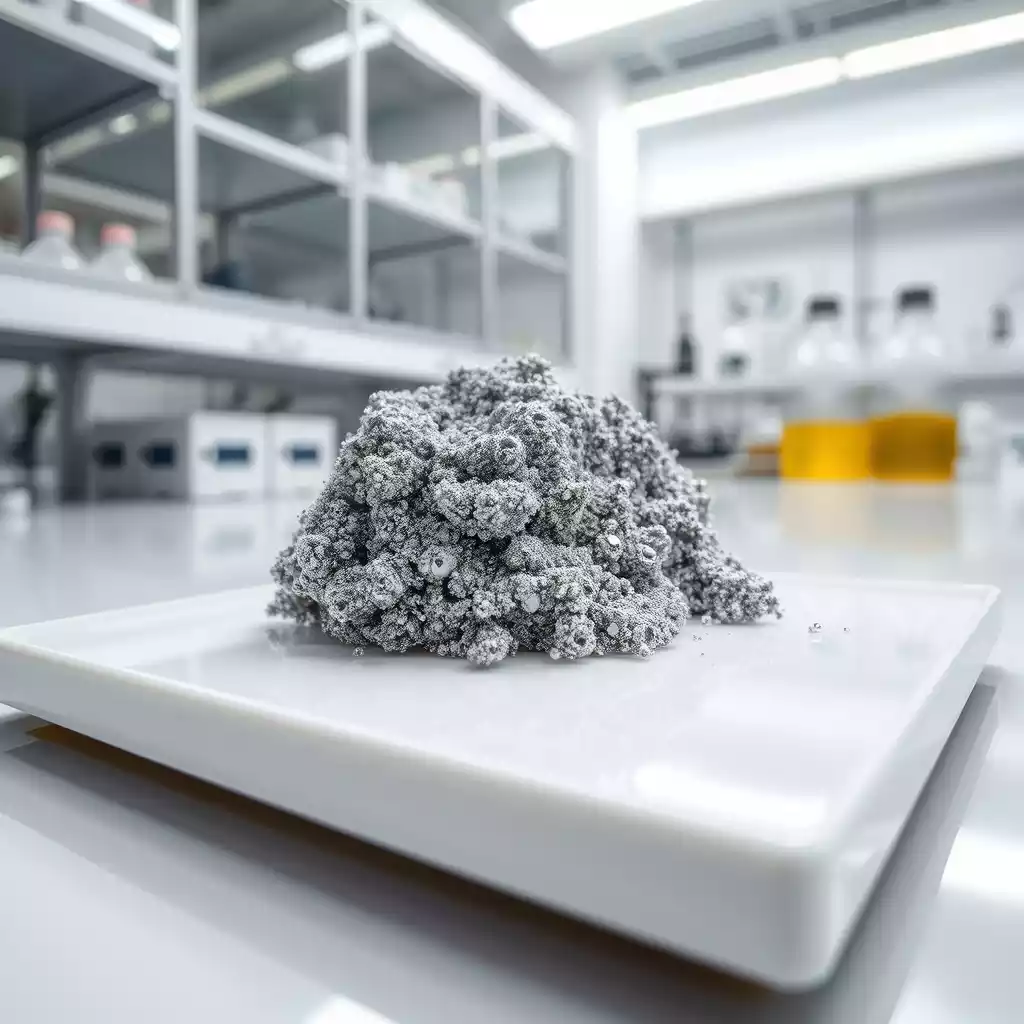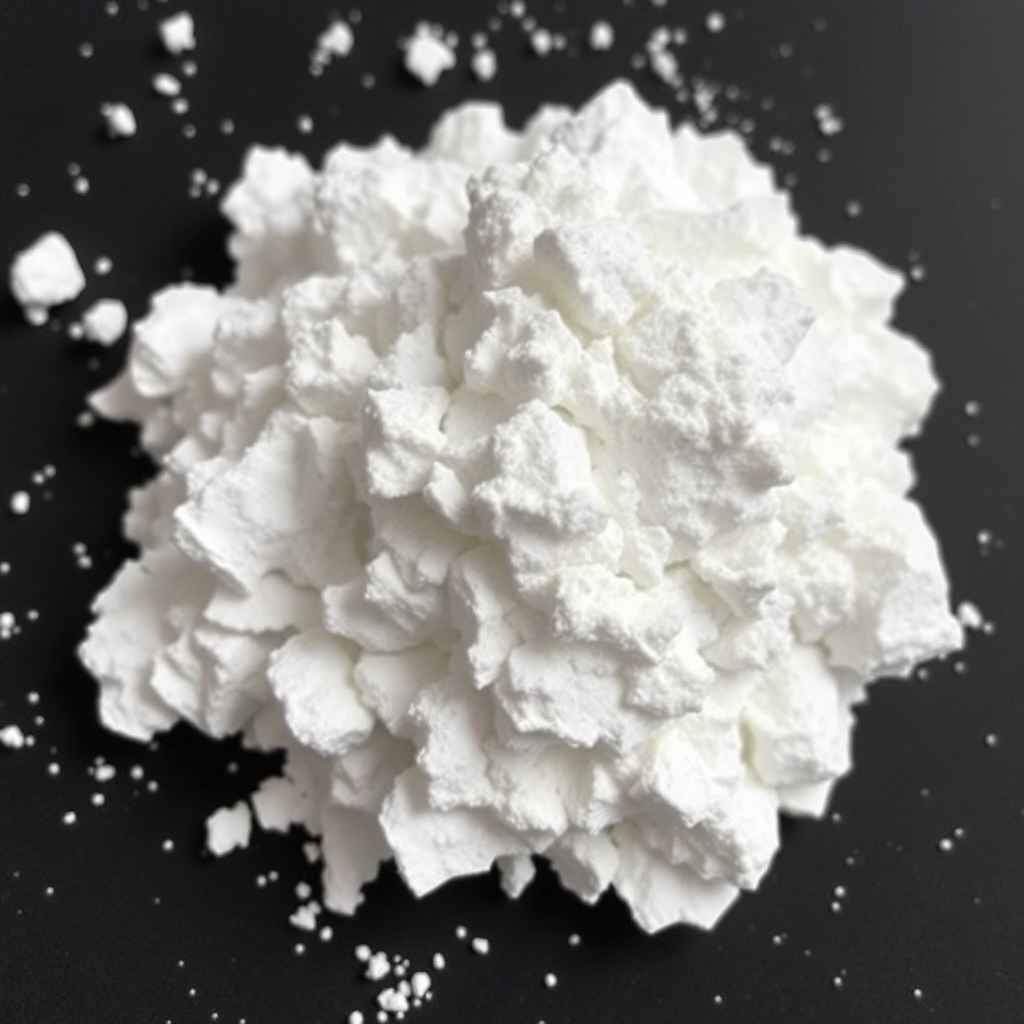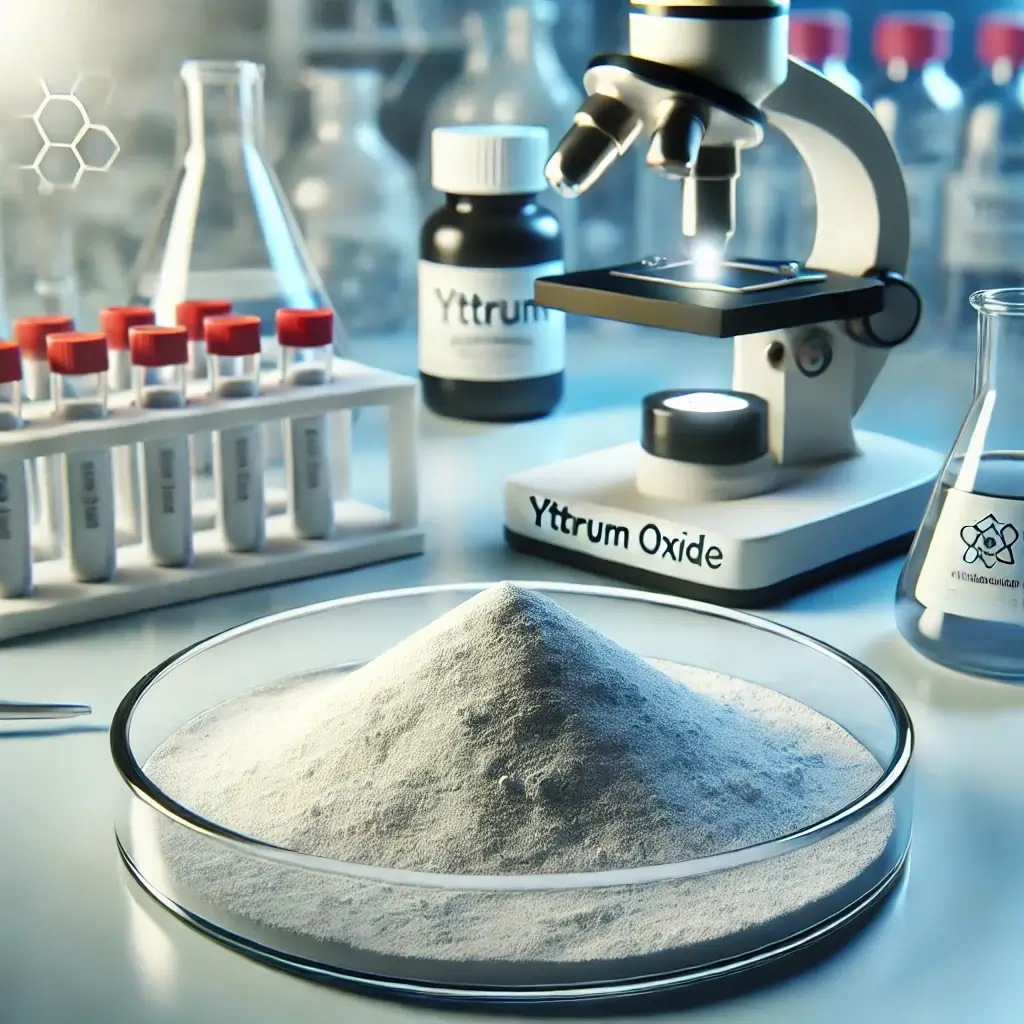![]()

How are yttrium nitrate hexahydrate crystals formed?
Formation of yttrium nitrate hexahydrate crystals can be typically achieved through chemical precipitation or evaporation methods. Here’s a simplified overview of the process:
Table of Contents
Chemical Precipitation:
- Solution Preparation: Yttrium is dissolved in nitric acid to form a solution of yttrium nitrate, which is then heated to concentrate.
- Crystallization: The concentrated solution is cooled. During the cooling process, yttrium nitrate hexahydrate crystals precipitate out of the solution.
- Separation and Drying: These crystals are then filtered out from the rest of the solution, washed to remove any impurities, and then dried.
Evaporation Method:
- Solution Preparation: Similar to the chemical precipitation method, yttrium nitrate hexahydrate is first formed as a solution.
- Heating and Evaporation: Instead of precipitating the crystals out by cooling, the solution is slowly evaporated by heating at a controlled temperature.
- Crystal Formation: As the water evaporates, the yttrium nitrate hexahydrate becomes supersaturated, and crystals start to form.
- Collection: Once they reach the desired size, the crystals are collected and dried.
Note: Safety precautions should be taken when handling yttrium nitrate hexahydrate. Always adhere to the recommended guidelines when dealing with chemical substances.
This was a generalized portrayal of the processes. The actual method may vary based on the specific goals of the process, such as desired purity and crystal size, which may necessitate additional or modified steps.
Citation:
Yttrium(III) nitrate – Wikipedia
This page provides information about the preparation, properties, and uses of yttrium nitrate, as well as references to research articles for further reading.




